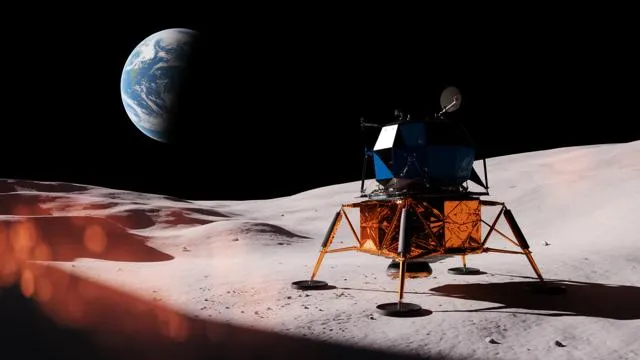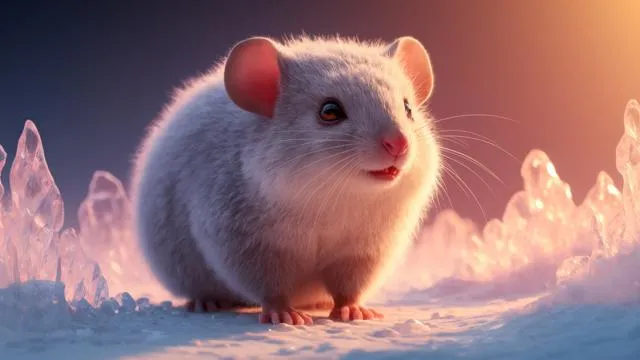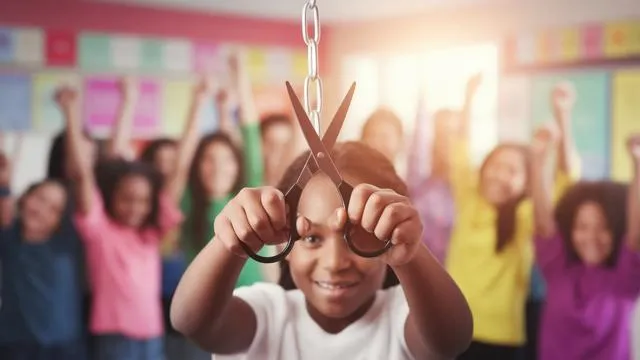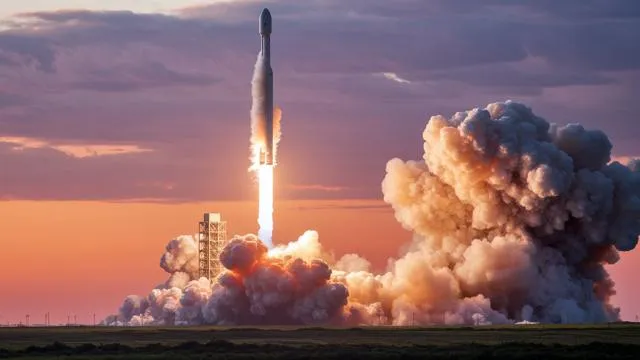In a startling revelation that underscores the fragility of our natural ecosystems, recent research has unveiled a dramatic decline in butterfly populations across the United States. This decline, described by experts as 'catastrophic,' is primarily attributed to a combination of factors including habitat destruction, climate change, and the widespread use of pesticides.
Over the past two decades, the butterfly population has seen a reduction of approximately 22%, a figure that has alarmed scientists and conservationists alike. The study, which amalgamated data from over 76,000 surveys across 35 monitoring programs, paints a grim picture of the future of these vital pollinators.
Among the species most affected are the red admiral and the American lady butterfly, which have seen declines of 44% and 58%, respectively. The situation is particularly dire in the Southwest, where butterfly numbers have plummeted by more than half. This region, characterized by its warm and dry climate, appears to be especially inhospitable to butterflies under current environmental conditions.
The implications of this decline extend far beyond the loss of these beautiful creatures. Butterflies play a crucial role in pollination, and their disappearance could have cascading effects on ecosystems and agriculture. The study's findings serve as a stark reminder of the interconnectedness of all living things and the urgent need for concerted conservation efforts.
Experts suggest that actions as simple as creating butterfly-friendly habitats in our own backyards can make a significant difference. As we face the challenges of climate change and environmental degradation, the plight of America's butterflies is a call to action for all of us to play a part in preserving the natural world for future generations.










